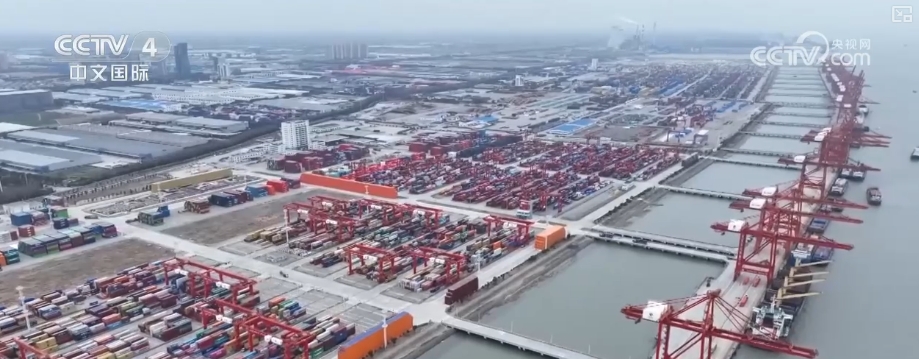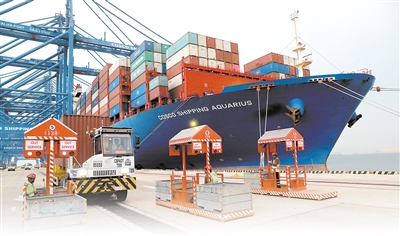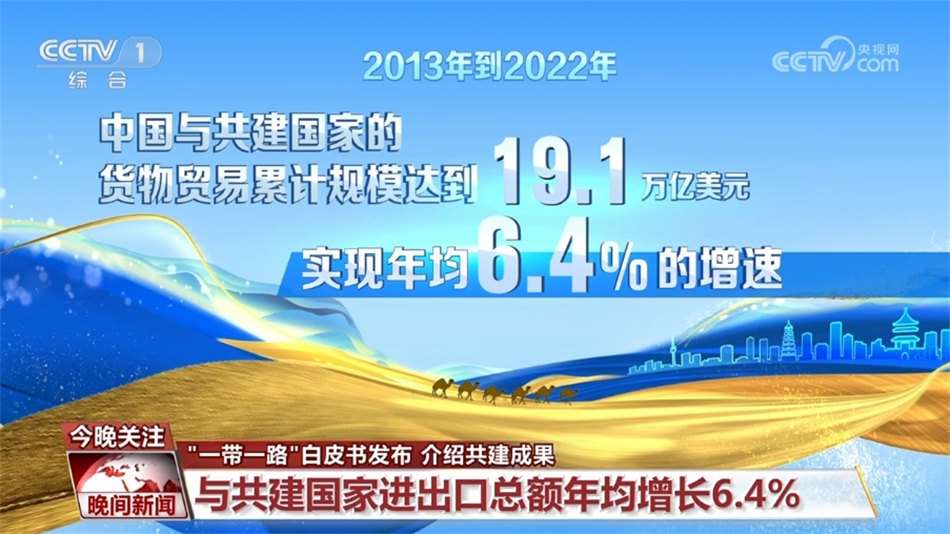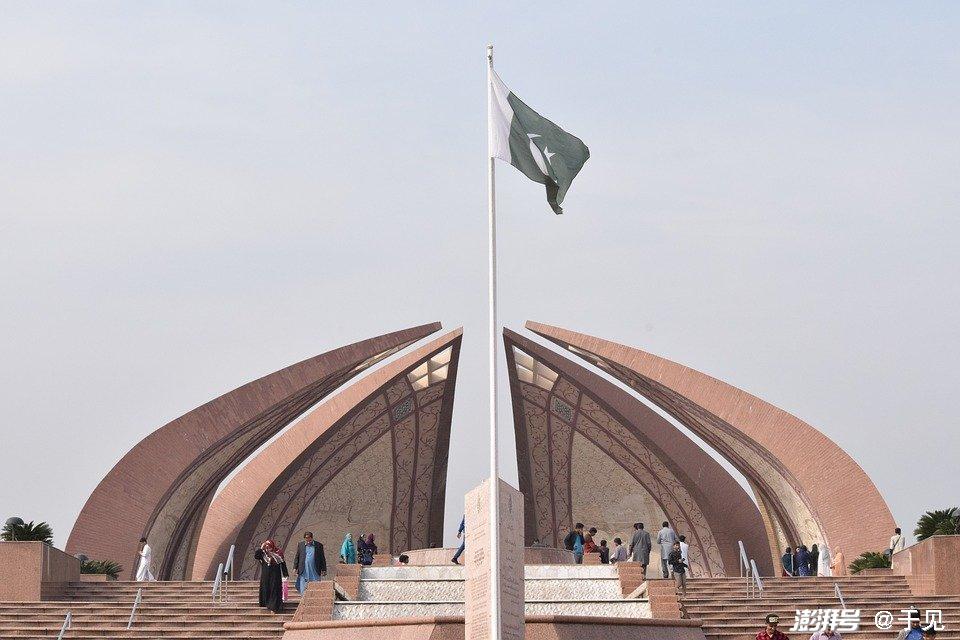The Silk Road That Travels Through The Thousand Years: A Golden Channel Connecting The East And The West
The Silk Road That Travels Through The Thousand Years: A Golden Channel Connecting The East And The West
Do you know? The legendary "Silk Road" is not an ordinary road, it is a super artery connecting ancient China with Europe, West Asia, Central Asia and even Africa. It is like a magical blood vessel, closely connecting different civilizations, cultures and commodities
Do you know? The legendary "Silk Road" is not an ordinary road, it is a super artery connecting ancient China with Europe, West Asia, Central Asia and even Africa. It is like a magical blood vessel, closely connecting different civilizations, cultures and commodities, forming a huge "cultural ecosystem". From the Han Dynasty to today, this road has witnessed the glory and hardship of human exchanges and has been reborn in the long river of history.
Speaking of the origin of the Silk Road, it can be traced back to the Han Dynasty. Around the 2nd century BC, Emperor Wu of Han sent Zhang Qian to the Western Regions, opening up the connection between the Central Plains and the Western Regions. This "road to messengers" gradually evolved into a busy trade channel. Initially, it was mainly dominated by land, passing through today's Xinjiang, Iran, Turkey and other places, crossing deserts and mountains, connecting silk, porcelain from the east and gold and spices from the west.
By the Tang Dynasty, the Silk Road reached its peak and Chang'an became the "Pearl of the East" of the world. In the bustling market, merchants, monks and envoys from all directions gathered, bringing different religions, arts and technology. At the same time, the Maritime Silk Road has gradually risen, connecting China's coastal areas with Southeast Asia, South Asia and Africa, and expanding this "golden waterway" of exchanges.
The Silk Road is not only an exchange of goods, but also a feast of culture. Buddhism was introduced to China from India and gradually became one of the main religions in China through the spread of the Silk Road. At the same time, Taoism, Christianity and Islam also blend on this road, forming a colorful religious landscape.
In terms of art, silk, porcelain, embroidery, sculpture, etc. have become the carriers of cultural exchanges. The murals of the Tang Dynasty, the murals of Dunhuang, the carpets of Persians, the Buddha statues of India... all silently tell the collision and fusion of different civilizations. In terms of science and technology, papermaking, gunpowder and printing have been introduced from China, greatly promoting the progress of world civilization.
The prosperity of the Silk Road has brought great economic value. China's silk, porcelain and tea are exported to Central Asia, West Asia and Europe, becoming luxury goods and daily necessities. Western gold, gems and spices also flowed into the East continuously, meeting the needs of the nobles and merchants.
Cities along the route such as Chang'an, Samarkand, Baghdad, and Antalya have become prosperous trade centers. The market is full of people and goods are full of surprises. Businessmen not only bring about wealth, but also bring about curiosity and desire for communication in the outside world. These prosperous scenes have become the most desirable "trade miracle" in history.
Today, we can also find ruins of the Silk Road in the ancient city of Jiaohe in Xinjiang, the Mogao Grottoes in Dunhuang, and Cappadocia in Türkiye. These ancient towns, temples, and tombs tell the story of business trips thousands of years ago.
There are many legends about the Silk Road: there are adventures about the "Camel Caravan", secrets about the "Treasure", and legends about the "Cultural Messenger". These stories inspire future generations to constantly explore and inherit.
To this day, the Belt and Road Initiative has brought the spirit of the Silk Road into a new era. It is not only the construction of infrastructure, but also cooperation in many fields such as culture, science and technology, education, and environmental protection. The "consultation, joint construction and sharing" proposed by China is the modern continuation of the ancient Silk Road spirit.
In the future, the Silk Road will no longer be just a trade channel, but also a bridge connecting the future. Scientific and technological innovation, green development, and cultural exchanges will become the keywords of the New Silk Road.
From ancient camel caravans to modern high-speed railways, from silk to high-speed railway tickets, the Silk Road has witnessed the continuous exploration, exchange and cooperation of mankind. It is not only a piece of history, but also a spiritual wealth: inclusiveness, cooperation and win-win situation. Let us work together to make this "golden channel" shine brighter in the new era.





